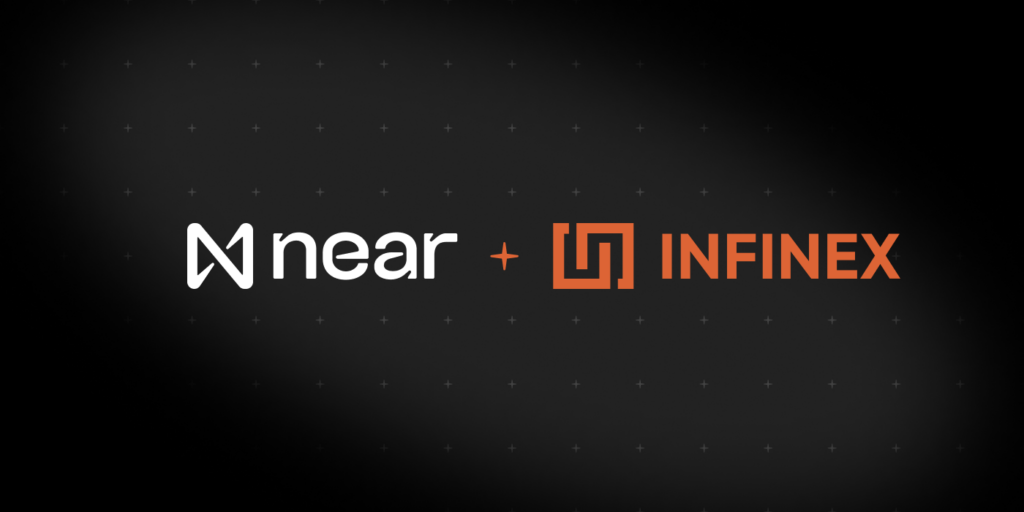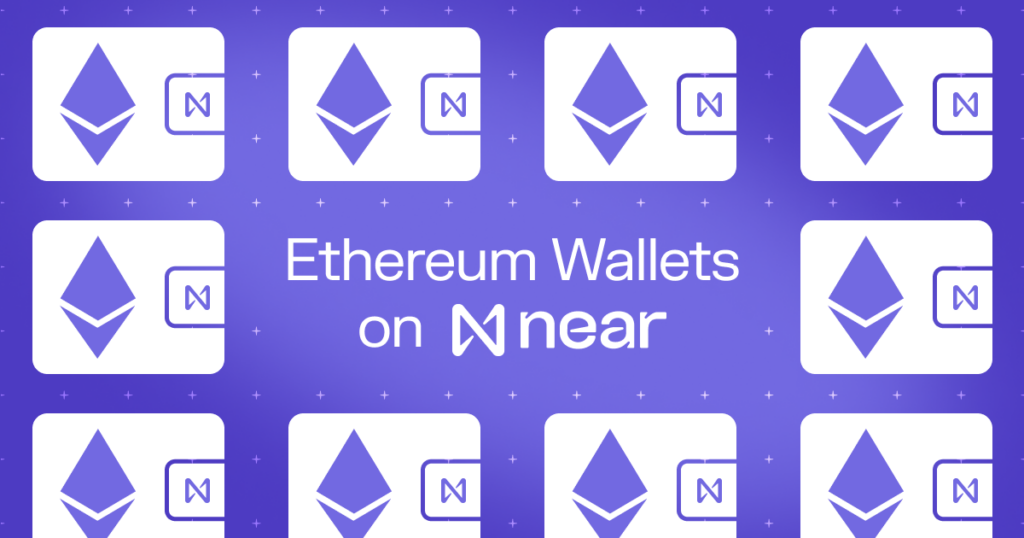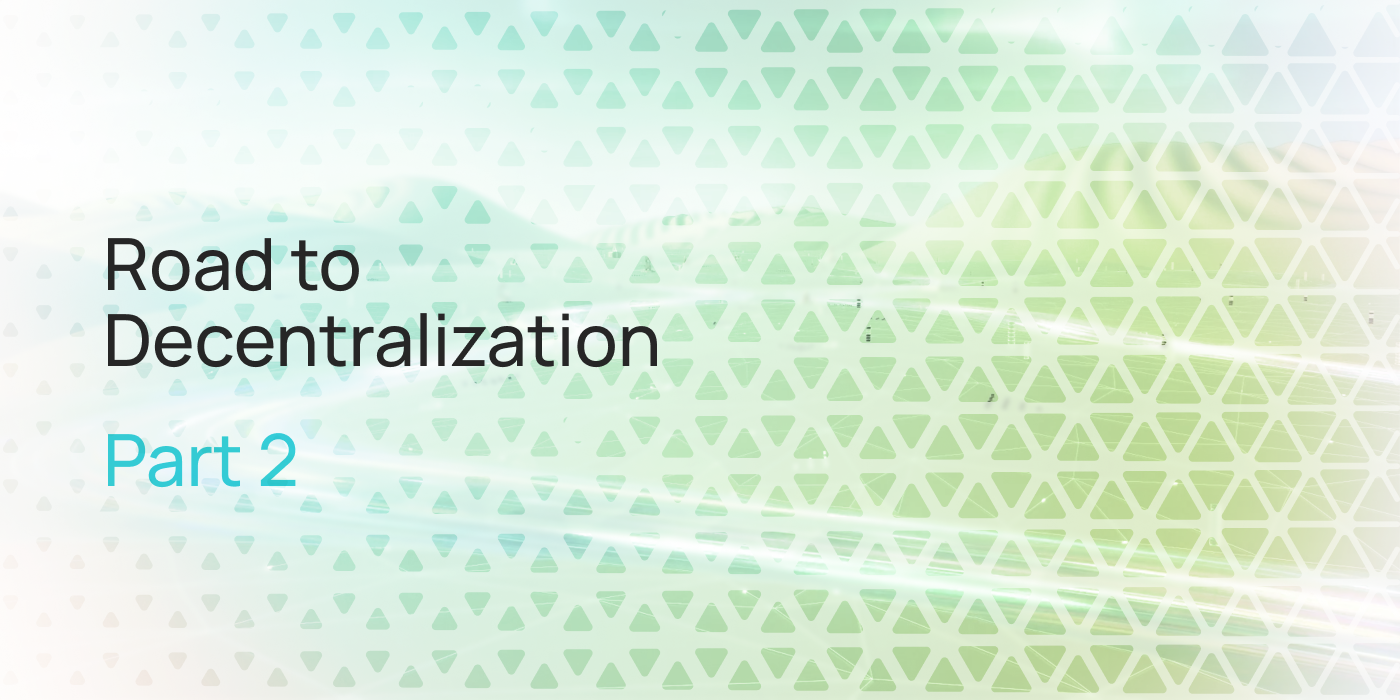NEAR’s Road to Decentralization: A Deep Dive into Aurora
One of NEAR Foundation’s core missions has been to create a network that empowers users to take control of their data, their finances, and the tools to govern.
In the web3 world, this idea can be neatly summed up by one word: decentralization. This is a process whereby control and the tools to create and reimagine everything from business to creativity are progressively handed over to the contributors.
The NEAR Foundation has been steadily progressing in this mission, from the growing number of validators to the flourishing DAO community. But NEAR isn’t alone on this journey. It relies on projects in and around the ecosystem to help accelerate this mission. Enter Aurora.
This project, started originally by a core team of NEAR developers, is now helping build bridges to other ecosystems and accelerating the adoption and decentralization in equal measure.
A Bridge Between NEAR and Ethereum
Built by NEAR Inc’s core team (now Pagoda), Aurora is an Ethereum Virtual Machine (EVM) smart contract platform that creates a bridge between Ethereum and NEAR. An EVM, for those who don’t know, is best thought of as a decentralized computer that allows anyone to create a smart contract on the Ethereum network.
Although an EVM, Aurora works on top of the NEAR blockchain, giving it all of the benefits of the NEAR blockchain: super fast, incredibly secure, and infinitely scalable transactions. That’s possible thanks to Nightshade, NEAR’s unique sharded protocol design that allows the network to process thousands of transactions per second without skipping a beat.
With Aurora, the idea is that anyone building Ethereum projects can make use of the NEAR’s speed and low fees. The Aurora EVM allows developers to make use of NEAR’s blockchain, while the platform uses NEAR’s Rainbow Bridge to transfer assets.
Let’s look at Rainbow Bridge, as this protocol is where things got started.
Aurora and Rainbow Bridge
NEAR’s core developer team wanted to create a smart contract that would perform the function of allowing tokens to flow freely between Ethereum, NEAR, and other projects. The team’s vision: create a tool that allowed assets to exist on both NEAR and Ethereum, creating a multi-chain Web3 user experience.
To do this, the team would need to create a bridge that would be completely decentralized: anyone could use it, anywhere, and at any time—without permission. The developers were able to build the bridge and now, if one wants to move an Ethereum-based token—say, a stablecoin like DAI—and use it on NEAR’s network, they can do so via the Rainbow Bridge.
Some of NEAR’s core team that had helped create Rainbow Bridge split off to continue their work. The result: Aurora—a project that now offers the bridge and a whole host of other features designed to create a global network of open-source Web3 projects.
Aurora partnerships
Other projects working to improve cross-chain accessibility have since taken notice of Aurora’s work and become partners. One example is Allbridge, an application that unites scattered blockchains by means of global interoperability across all networks. Since Allbridge partnered with Aurora, it has launched a bridge between Aurora and Terra, an open-source stablecoin network and one of the biggest cryptocurrencies by market cap.
Aurora is also playing a big part in decentalized finance (DeFi) growth in the NEAR ecosystem. DeFi refers to the peer-to-peer financial services built on public blockchains, and is one of the most active crypto sectors on NEAR. The NEAR community has been working tirelessly to make it easier for DeFi apps and tools to leverage the protocol’s developer-friendly advantages.
One way that Aurora has made this process much smoother and more decentralized is through its extremely low fees (so low, they’re negligible), which it achieves by using the NEAR network. A constant gripe from users about Ethereum-based DeFi products is that the fees are often too high, creating a barrier to entry for developers and end users, and creating a hurdle to Web3’s mainstream adoption.
Aurora adoption is growing so much that the team released Aurorascan, its very own version of Etherscan, the most popular Ethereum block explorer and analytics platform. Aurorascan has all of Etherscan’s features set and reliability, while giving developers the tools and data to see how Aurora’s EVM functions.
But Aurora goes beyond DeFi. The platform is also integral to the NEAR community’s NFT projects, which have exploded in popularity since 2020. When the Aurora team spoke at this year’s ETHDenver conference in February, and they were joined by members of Endemic, Chronicle, and TENKBay—all NFT platforms that have launched on the Aurora EVM and NEAR Protocol.
Future Aurora developments
So what does Aurora have up its sleeve for the future? Well, Aurorascan is still in beta mode, so more features will be added to that platform. And the team is also working to build new bridges, which will be announced in the coming months.
There are also plans to allow NFTs to be able to hop between Ethereum and NEAR. You can keep up to date on all things Aurora on its Medium page.
All this and more will help those wanting to take advantage of NEAR’s super fast and extremely cost-effective network, and help the dream of a truly decentralized world become a reality.
Share this:
Join the community:
Follow NEAR:
More posts from our blog



